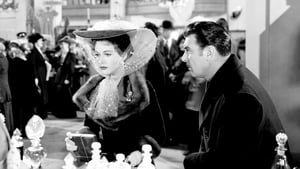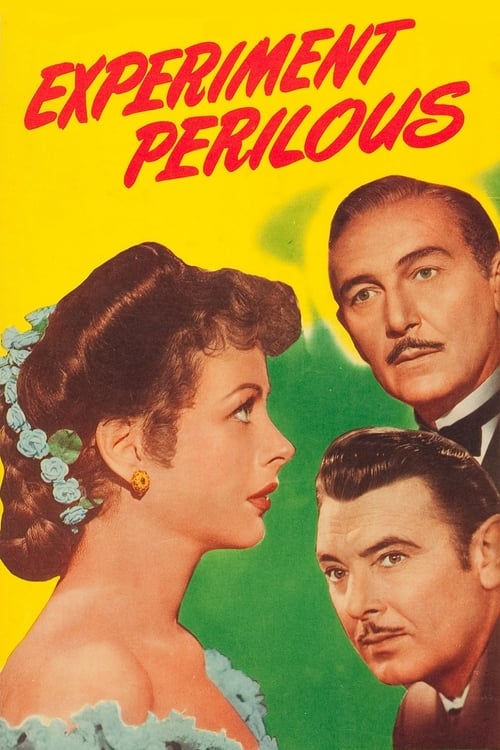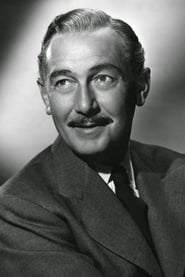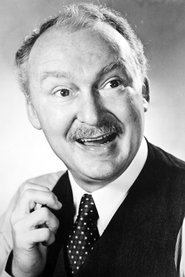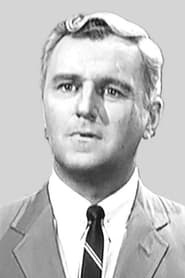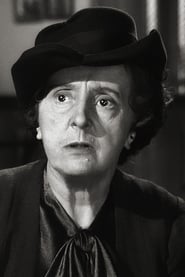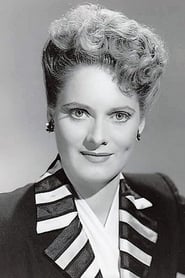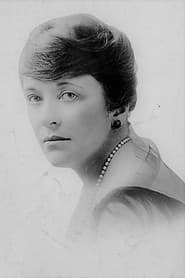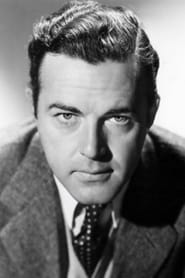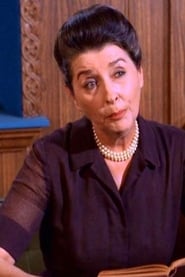Cast
View AllGeorge Brent
as Dr. Huntington Bailey
Hedy Lamarr
as Allida Bederaux
Paul Lukas
as Nicholas 'Nick' Bederaux
Albert Dekker
as 'Clag' Claghorn
Carl Esmond
as John Maitland
Olive Blakeney
as Clarissa 'Cissie' Bederaux
George N. Neise
as Alec Gregory
Margaret Wycherly
as Maggie, the Maid
Stephanie Bachelor
as Elaine
Mary Servoss
as Miss Wilson
Julia Dean
as Deria
William Post Jr.
as District Attorney
John Ardell
as (uncredited)
Richard Bartell
as Hospital Intern (uncredited)
Mary Benoit
as (uncredited)
Crew
Director
- Jacques Tourneur
Producer
- Warren Duff
Reviews
John Chard
What Is This Evil That Shadows Their Lives?
Experiment Perilous is directed by Jacques Tourneur and adapted to screenplay by Warren Duff from the Margaret Carpenter novel of the same name. It stars Hedy Lamarr, George Brent, Paul Lukas, Albert Dekker, Olive Blakeney and Carl Esmond. Music is by Roy Webb and cinematography by Tony Gaudio.
1903 New York and psychiatrist Dr. Huntington Bailey (Brent) is plunged into a psychological maelstrom when he enters the lives of Clarissa (Blakeney), Allida (Lamarr) and Nick Bederaux (Lukas).
I've been living in that diary tonight, living the strange distorted lives of Nick and his sister.
It's a grand title for a film, but one which is something of a bum steer since it conjures up images of Frankenstein type horror. Experiment Perilous comes from a Hippocrates saying and is quoted by Brent's good doctor during the unfurling of the narrative. The Carpenter novel was actually set in the present day but a decision was made to transfer the story to the early part of the 1900's so as to get some period flavours into the mix. A good move as it turned out.
Very much in the vein of The Murder In Thornton Square (or the remake Gaslight also released in 44), Rebecca, Suspicion et al, Tourneur's movie isn't up to the standard of those films, but that in no way means it doesn't hold many pleasures, because it does, especially for Tourneur fans. It's very much a slow burner, a talky picture that for the first hour nearly crumbles under the weight of too much exposition and cod psychological musings. Yet the visuals and alternating interior and exterior period settings set up by Tourneur and Gaudio are mightily impressive (the interior set designs were nominated for an Oscar). Story unfolds to a back drop of a steam train, snowy gas lighted streets and an imposing period Brownstone abode (good use of miniatures a bonus here as well), while the interiors veer from elegant dressings to gloomy rooms of shadows and a hidden away spiral staircase. These are tailored made for Tourneur who ensures the standard formula of plotting is given a kick by its surroundings.
Narratively it's made obvious to us that something isn't right with Lukas' shifty husband character and it comes as no surprise to see a romance begin to form between Brent's doctor and Lamarr's emotionally confused wife in possible peril. But these sign posted developments are well handled by the director, where flashbacks help and sinister additions such as a child hidden away upstairs and the Bederaux's back story keep things perched on the mystery/thriller edge. Cast performances are strong, with Lukas suitably suspicious, Brent unassuming and reflective and the beautiful Lamarr showing a fragile innocence that underpins the story. It all builds to a furious finale that involves fire, water and hopefully some race against time heroics?...
Some patience is needed to get the most out of the picture, but neo-gothic delights are within for those so inclined. 7.5/10
Nov 2, 2013
Thematic Analysis
Experiment Perilous represents a fascinating example of Thriller/Romance cinema, offering viewers a unique perspective on interpersonal relationships and emotional connections. The film's approach to its themes demonstrates a creative vision that distinguishes it within its genre.
Director Jacques Tourneur brings their distinctive visual style to this film, continuing their exploration of themes seen in their previous works while adding new elements. Their approach to pacing and visual storytelling creates a viewing experience that rewards close attention.
Released in 1944, the film exists within a cultural context that now offers viewers historical perspective on the social issues of that era. Its reception demonstrates the diverse reactions to its artistic choices and its place in cinema history.
Did You Know?
- The production of Experiment Perilous took approximately 24 months from pre-production to final cut.
- The final cut of the film runs for 91 minutes, though the director's initial assembly was reportedly 142 minutes long.
- The costume department created over 238 unique costume pieces for the production.
- The film contains approximately 2203 individual shots.
- Several scenes were filmed in multiple locations to capture the perfect setting.
Historical Context
- In 1944, when this film was released:
- Television was becoming a dominant form of home entertainment.
- The Cold War was intensifying, influencing global politics and culture.
- The film industry was dominated by major studios, with independent cinema still in its early development.
How This Film Stands Out
While Experiment Perilous shares thematic elements with other films in its genre, it distinguishes itself through its unique approach to storytelling, visual style, and character development.
Unlike Killer's Kiss, which takes a more conventional approach to its subject matter, Experiment Perilous offers a fresh perspective through its innovative visual language and narrative structure.
While films like Strangers on a Train and The Big Sleep explore similar territory, Experiment Perilous stands apart through its deeper exploration of its central themes and more complex characterization.
This film's unique contribution to cinema lies in its bold artistic choices and willingness to challenge viewer expectations, making it a valuable addition to its genre.
Details
- Release Date: December 18, 1944
- Runtime: 1h 31m
